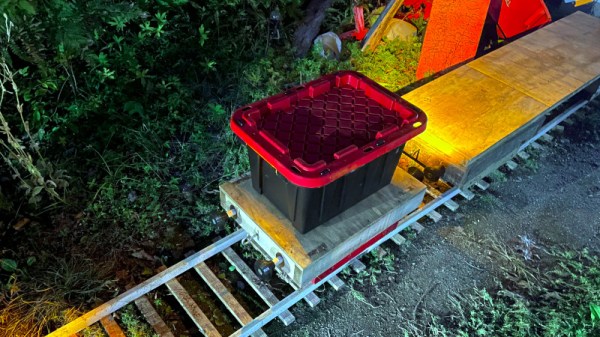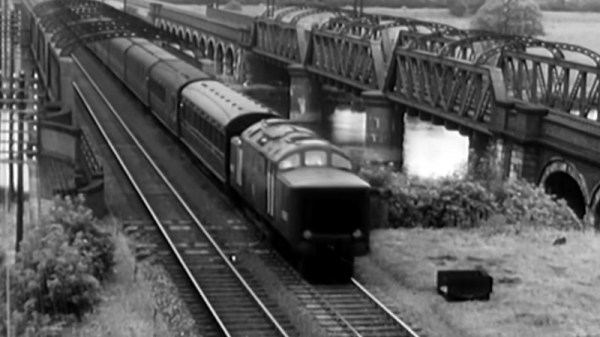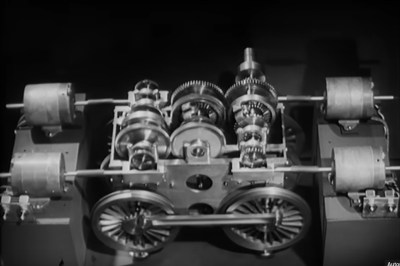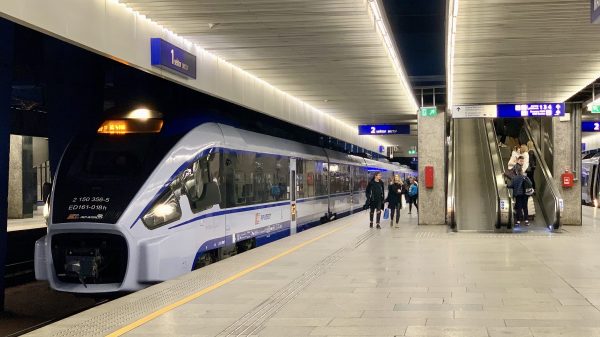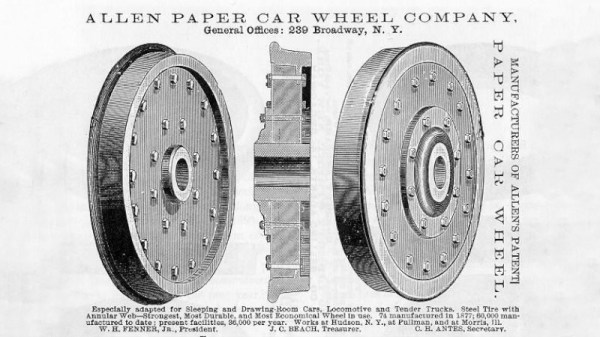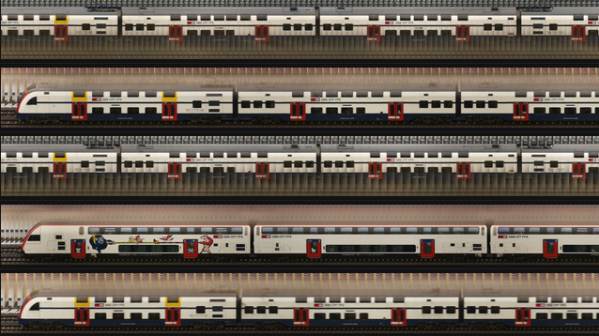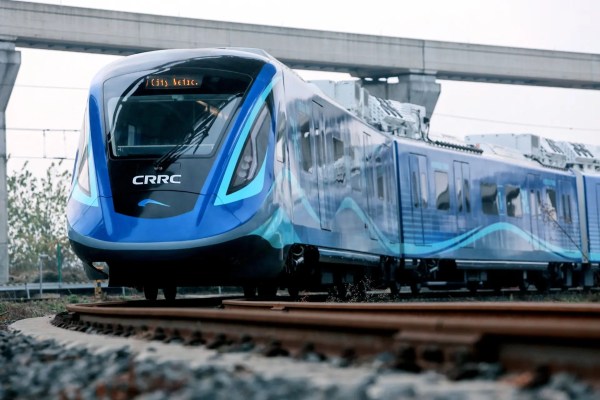There’s something magical about a train, whether you call it a railway or a railroad, plenty of us have hankered after our own little piece of line on which to shunt wagons or chuff around our domain. Envy [Otis Rowell] then, because he’s made himself a garden railway with the laudable purpose of moving wood pellets for his heating. A mere garden railway may be cool but it’s not in itself special, so the reason we’re featuring it here comes from something else. He’s making his rail wheels by 3D printing them with a normal printer.
It’s important to understand that these wheels are not for a high-speed mainline express freight train but for a small flat car designed to carry a modest tub of pellets, thus they are less in need of high strength than their full-size cousins. But even a small car on garden railway-sized aluminum rails can exert significant force, so we would be fascinated to see how well these do. The write-up is a work in progress as this article is being written so we know there’s more to come, but there’s no harm in speculating as to how a better 3D-printed wheel might be made. We would be particularly curious for example as to whether a novel slicing regime could be used to make a stronger wheel.
If backyard railways interest you, it’s not the first time we’ve seen one.

